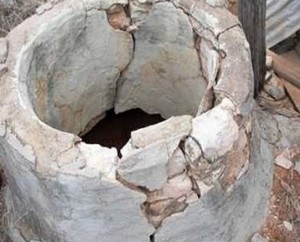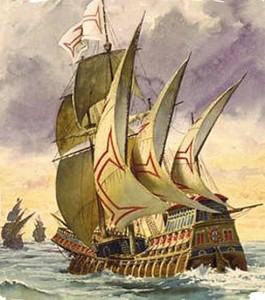
This week we continue our series on the Bowls of Judgment in Revelation 16. The first four Bowls thus far are:
The First Bowl: The Stigmata (1224 A.D. – present)
The Second Bowl: The Plague of Scurvy (1453 – late 1700s A.D.)
The Third Bowl: The Dogma of Papal Infallibility (1870 A.D.)
The Fourth Bowl: Scorching by the Sun at Fátima (1917 A.D.)
The First Bowl was poured out “upon the earth” (Revelation 16:2), the Second “upon the sea” (Revelation 16:3), the Third “upon the rivers and fountains of waters” (Revelation 16:4) and the Fourth “upon the sun” (Revelation 16:8).
This Fifth Bowl is poured out directly “upon the seat of the beast” and the people “gnawed their tongues for pain” because of it (Revelation 16:10). We therefore note with no small interest that at the Third Bowl, when the Dogma of Papal Infallibility was proclaimed, the Pope was said to be infallible “when he speaks [with his tongue] ex cathedra [from his seat]” (Vatican Council I, Pastor Æternus, chapter IV). The Pope’s seat, from which he claims to speak infallibly, is the target of this Fifth Bowl, and his kingdom is thereby plunged into darkness. Continue reading If the Light that is in Thee be Darkness (the Bowls, part 5)
 Follow
Follow

